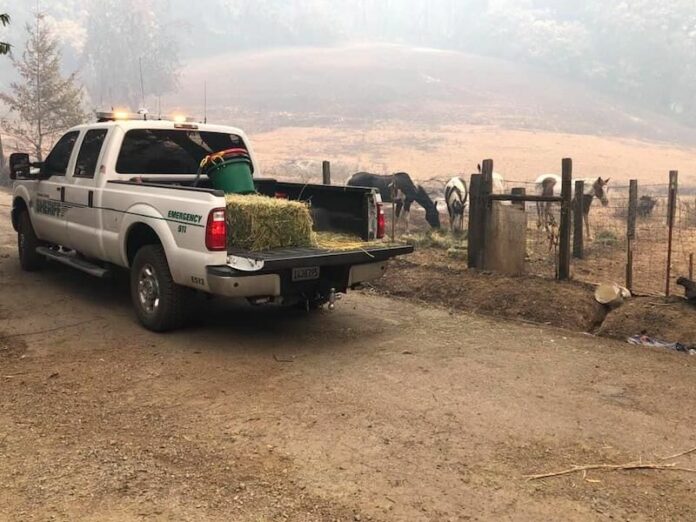The United States Department of Agriculture (USDA) is reminding Sonoma County farmers and ranchers that disaster assistance and recovery programs are available through the Farm Service Agency (FSA).
“FSA offers a variety of disaster assistance programs to support farmers and ranchers through times of adversity,” County Executive Director for FSA in Sonoma and Marin Counties Lisa Velasquez said in a statement. “Many disaster programs have a 30-day window to report losses, so once producers are able to evaluate their losses, it is important to contact the local FSA office to report all damages and losses and learn more about how we can assist.”
The FSA offers several programs to help producers recover from losses. Some of the programs include the Livestock Indemnity Program (LIP), the Emergency Assistance for Livestock, Honeybees and Farm-raised Fish Program (ELAP), Emergency Forest Restoration Program and the Tree Assistance Program.
Producers who are located in counties receiving a primary or contiguous disaster designation are eligible for low-interest emergency loans to help with production and physical loss recovery.
In order to participate in LIP, producers must submit a notice of loss to their local FSA office within 30 calendar days of when the loss of livestock was apparent. Livestock producers should also bring evidence of the loss, including documentation of the number and kind of livestock that died, photographs or video records that document the loss, purchase records, veterinarian records, production records and other similar documents.
Owners who sold injured livestock at a reduced price due to injuries sustained from the disaster or adverse weather event must provide evidence of the reduced sale.
In order to participate in the ELAP, producers must submit a notice of loss to their local FSA office within 30 calendar days of when the loss was apparent. Producers should also have records and receipts on hand documenting that livestock were removed from a grazing pasture due to the event. They should also have documentation of costs related to the transportation and feeding of livestock as well as receipts for any rental or food fees.
Other forms of aid include the FSA Emergency Conservation Program, which provides funding and technical assistance to help farmers and ranchers rehabilitate damaged farmland from natural disasters.
Compensation is also available to producers who purchased coverage through FSA’s “Noninsured Crop Disaster Assistance Program.” This protects noninsured crops from natural disasters that as a result, yield less crops, cause crop loss, or prevents planting. Producers must have purchased this coverage for the 2020 crops and file a notice of loss and submit an application.
To learn more about assistance programs through FSA, call 707-794-1242, or visit, farmers.gov/recover.
47.1
F
Healdsburg
April 5, 2025








